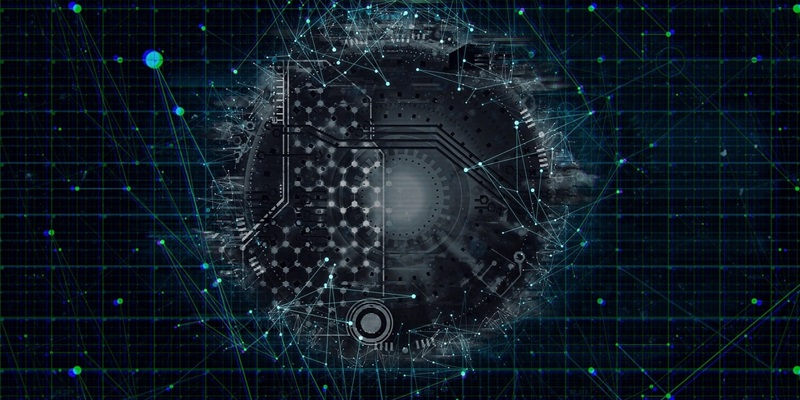In today’s interconnected world, access to reliable and high-speed internet connectivity is becoming increasingly essential. However, the digital divide persists, creating disparities in access to the benefits of the digital world. In Europe, this divide has become a pressing issue, with some regions still lacking adequate internet infrastructure. To address this challenge, optical networking equipment is playing a crucial role in transforming European telecommunications and bridging this divide.
The definition of Optical Networking Equipment
Optical networking equipment refers to the technology that enables the transmission of data through optical fibers, using light signals instead of traditional electrical signals. Optical fibers, made of glass or plastic, allow for the seamless and efficient transmission of data over long distances without any loss in signal quality. This technology forms the backbone of modern communication networks and contributes significantly to bridging the digital divide.
Advantages of Optical Networking Equipment
One of the key advantages of optical networking equipment is its ability to transmit data over long distances without any signal loss. Traditional electrical signaling methods encounter limitations, such as signal degradation and interference over extended distances. However, optical networking provides a solution by utilizing light signals, resulting in a more reliable and efficient transmission of data.
Extending Networks to Underserved Communities
Telecommunication companies can leverage optical networking equipment to extend their networks to remote or underserved areas. By deploying this technology, they can provide high-speed internet access, effectively connecting previously isolated communities to the digital world. This expansion of infrastructure enables these communities to access information, educational resources, healthcare services, and economic opportunities that were previously out of reach.
Handling Increasing Data Traffic
As digital applications and services become increasingly data-intensive, networks must be capable of handling large amounts of data traffic. Optical networking equipment excels in this regard, as it has the capacity to handle the growing demands of modern applications. Whether it is streaming high-definition video, cloud computing, or real-time communication, optical networking ensures that data transmission remains fast and reliable, ensuring a seamless user experience.
Ensuring seamless connectivity and fast internet speeds
Optical networking equipment guarantees seamless connectivity and fast internet speeds for users, regardless of their location. Whether someone is in a metropolitan area or a remote rural region, they can enjoy reliable and high-speed internet access. This technology eliminates the discrepancies in internet quality and speed that previously existed, ensuring equal opportunities for individuals and businesses in all areas.
Understanding the Digital Divide
The digital divide refers to the gap between those who have access to reliable internet connectivity and those who do not. In Europe, this divide exists both between urban and rural areas and among different socioeconomic groups. The consequences of the digital divide are far-reaching, affecting educational attainment, employment opportunities, and overall socioeconomic development. Bridging this divide is crucial for creating an inclusive and equitable society.
The working mechanism of optical networking equipment is as follows
Optical networking equipment operates by utilizing optical fibers to transmit data through light signals. These fibers, often thinner than a human hair, are designed to carry large volumes of data over long distances without signal degradation. The light signals are transformed into digital information, allowing for fast and efficient transmission through the network. This mechanism ensures that data travels swiftly and reliably across the system.
Features of Optical Fibers
Optical fibers possess several key features that make them ideal for transmitting data over long distances. Firstly, these fibers have a large bandwidth capacity, enabling the transmission of massive amounts of data simultaneously. Secondly, they are not susceptible to interference from electromagnetic waves, ensuring a stable and reliable connection. Lastly, optical fibers are highly durable and have low signal loss properties, making them suitable for long-distance transmission without degradation.
Closing the digital divide with optical networking equipment
With continued advancements in optical networking technology, the digital divide in Europe is gradually being narrowed. Telecommunication companies, governments, and other stakeholders are investing in infrastructure that leverages optical networking equipment to extend connectivity to underserved areas. These efforts aim to provide equal access to the benefits of the digital world, empowering individuals and communities and driving economic growth. By utilizing optical networking equipment, Europe is taking significant strides towards achieving digital inclusion for all.
The digital divide remains a critical challenge globally and in Europe. However, through the implementation of optical networking equipment, the telecommunications industry is making substantial progress in reducing this divide. Optical networking technology enables the efficient transmission of data over long distances without signal loss, providing high-speed internet access to underserved communities. As Europe continues to invest in the deployment of optical networking equipment, it is gradually transforming its telecommunications landscape and ensuring that everyone has equal access to the benefits of the digital world.

